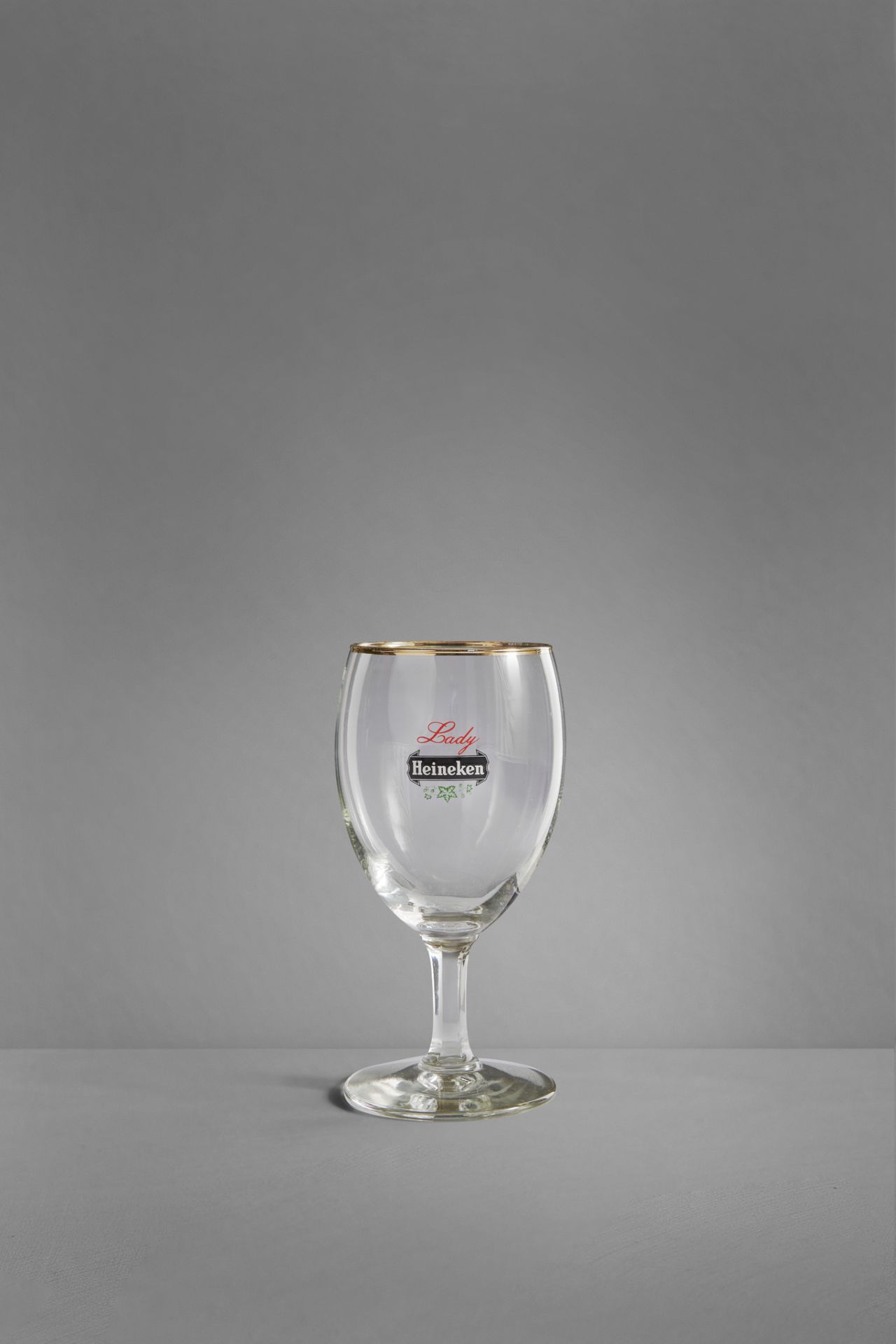Lady's beer in a wine glass
When Gerard Adriaan Heineken introduced home-grown pilsner to the Netherlands, beer drinking was an upmarket affair. Despite the nickname, 'gentlemen's beer' – to distinguish it from 'workman's beer' – ladies in grand cafés also enjoyed a glass of draught or bottled lager. Later, beer acquired a masculine image, not least because of its association with football and Amstel's alpha-male advertising.
In the 1950s, Heineken targeted housewives, because they did the shopping. Yet despite advertising attempts to get husband and wife to enjoy a beer together, the few bottles women bought at the grocer's, usually to celebrate a birthday, were mainly intended for male guests. Most women, if they drank beer at all, stuck to an occasional glass of Old Brown.
Old Brown
The original Old Brown was recommended to breastfeeding women because of its nourishing malt. The sweet taste of Heineken's later version of Old Brown, with added sugar along with caramel for colour, was especially popular among more elderly women. In 1977, the alcohol content was lowered from 3.5% to 2.5%.
Ladies only
In the 1960s, pilsner regained its popularity among (young) women, as their numbers grew in the student population. However, as they got older, women tended to drink wine more than beer. With this in mind, Heineken launched an elegant 'lady glass' in 1960, clearly derived from Royal Leerdam's classic Guild wine glass.
Advertising with health warnings
Women's drinking in the Netherlands is gradually catching up with men's. However, women still drink less than men in terms of percentage: 73% of women compared to 83% of men, according to the 2022 lifestyle monitor by CBS Statistics Netherlands. A factor that seems to reinforce this trend is alcohol manufacturers' increasing focus on women, both in terms of product development and promotion. At the same time, Heineken, which ran campaigns warning against alcohol abuse among young people as early as the 1950s, has been running the global Enjoy Heineken Responsibly campaign since 2001. This encourages people to enjoy beer at appropriate times and in moderation.
